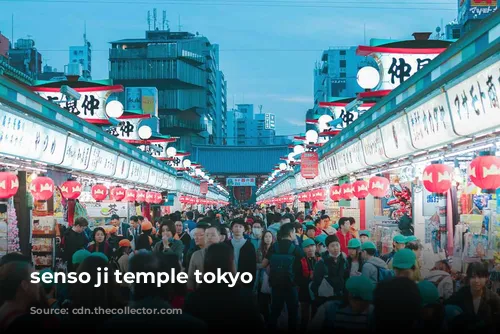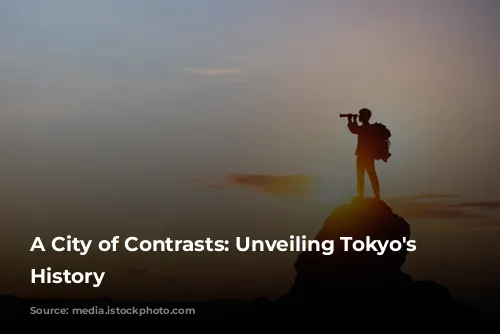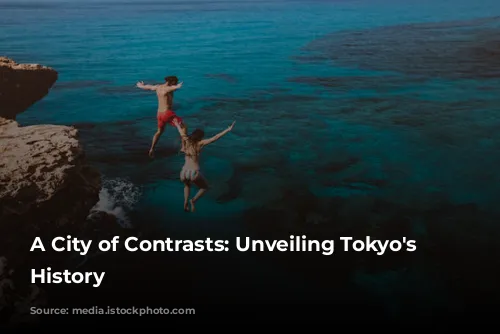Tokyo, Japan’s sprawling capital, is a vibrant tapestry of modern marvels and ancient traditions. From the dazzling glow of neon billboards and the frenetic energy of its nightlife, to the serene tranquility of its temples and shrines, Tokyo is a city of contrasts unlike any other.
This captivating blend of old and new makes Tokyo an extraordinary destination for travelers, especially those with a passion for history.
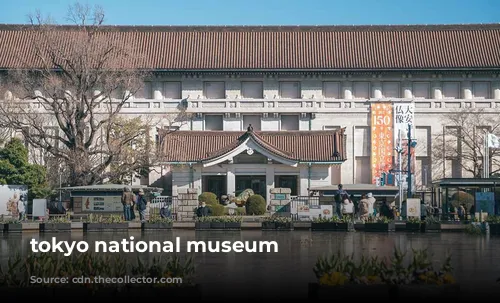
Tokyo: A Historical Tapestry
Tokyo has long been a cultural and political powerhouse in Japan, with a rich history dating back centuries. The city was originally known as Edo, and for centuries, it was overshadowed by the power of Kyoto and Nara. However, during the Tokugawa Period (1603-1868), the influential shogun Tokugawa Ieyasu consolidated his power in Edo, transforming it into the center of Japanese politics and culture. By the 18th century, Edo had become a bustling metropolis with a population of over a million.
The Tokugawa Shogunate ruled Edo for over 250 years, until the Meiji Restoration in 1868, which brought about the return of imperial rule. Edo, then renamed Tokyo, underwent rapid industrialization and expansion, leaving its original character largely behind.
The city, which had once radiated outwards from Edo Castle, now boasts towering skyscrapers and a dense network of commercial and residential areas. While the Sumida River, once a central artery for trade and commerce, still flows through the city, it’s a testament to the city’s ever-evolving landscape. This river played a crucial role in Edo’s development, fostering its thriving arts scene, from Kabuki theater to ukiyo-e printmaking.
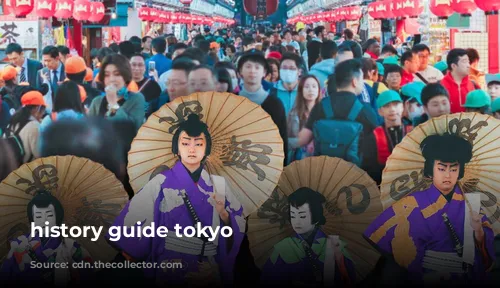
The Legacy of Wars and Disasters
Tokyo’s growth was not without its challenges. Two momentous events left an indelible mark on the city’s history: the Great Kanto Earthquake of 1923 and World War II.
The Great Kanto Earthquake was a catastrophic natural disaster that claimed the lives of over 140,000 people. While Tokyo was rebuilt in the wake of this tragedy, the city faced another devastating event during World War II.
The firebombing of Tokyo in 1945 caused widespread destruction, claiming the lives of over 100,000 civilians, more than the combined death tolls of the atomic bombs on Hiroshima and Nagasaki. The firestorm engulfed a vast area, leaving thousands homeless.
While the devastation was immense, Tokyo emerged from the ashes, fueled by Japan’s post-war economic boom, becoming the world’s largest metropolis. Despite the trials it has faced, Tokyo continues to be a city rich in historical significance.
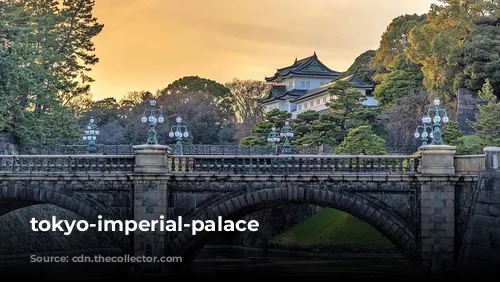
Exploring Tokyo’s Historical Gems
For history enthusiasts, Tokyo offers a wealth of must-see historical sites.
The Imperial Palace (Kōkyo), the official residence of the Japanese Emperor since 1868, is a captivating landmark. This majestic structure, which stood as the center of the Edo Castle complex before becoming the Imperial Palace, was severely damaged during World War II. It was subsequently rebuilt, becoming one of the city’s most popular tourist attractions. The tranquil grounds of the Palace, surrounded by ancient castle walls and moats, offer a glimpse into the past.
Sensoji Temple, the oldest and most famous religious structure in Tokyo, is another must-visit. This magnificent temple, built in 645, has stood the test of time, surviving earthquakes, wars, and fires. It is one of the most visited religious centers in the world, drawing devotees and tourists alike.
Hie Shrine, located near the National Diet Building, is one of the city’s oldest and most revered shrines. While it was destroyed during World War II, it was rebuilt, becoming a national treasure and hosting the Sannō Matsuri, one of Tokyo’s most popular cultural festivals.
Toshogu Shrine, dedicated to Tokugawa Ieyasu, the shogun who initiated the Tokugawa Period, stands majestically in Ueno Park. This beautifully ornamented shrine houses over a dozen intricately carved buildings and treasures, making it a must-see for any history enthusiast.
Yushima Tenmangu, a beautiful and historic Shinto shrine located in the Bunkyo ward, is dedicated to Sugawarano Michizane, a revered figure considered the god of learning. During exam season, students flock to the shrine for blessings.
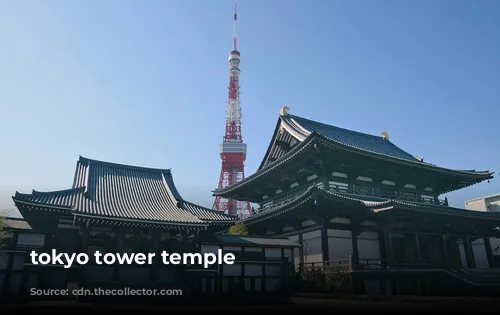
A Journey Through Time: Museums and Historical Sites
Tokyo’s museum scene offers a captivating journey through time. The Tokyo National Museum, the city’s largest and oldest museum, houses an extensive collection of artifacts spanning every era of Japanese history, including over 100 national treasures.
For a glimpse into the Edo period, the Edo-Tokyo Open Air Museum is a must-visit. This unique museum, located in the suburb of Koganei, showcases relocated and reconstructed buildings from the Edo and early Showa periods, offering visitors a step back in time.
The Fukagawa Edo Museum, located near the Kiyosumi Gardens, provides an intimate look at the everyday life of Edo era commoners. Visitors can explore recreations of traditional Edo homes, learning about their daily lives and occupations.
For those interested in Japanese military history, the Japanese Sword Museum is a must-see. This modern museum, located in the Ryogoku neighborhood, houses an impressive collection of swords and artifacts spanning centuries of Japanese military history.
The Sumida Hokusai Museum, also located in Ryogoku, showcases the works of Katsushika Hokusai, Edo’s most renowned artist. The museum’s metallic structure is as modern as the artist’s legacy is enduring, showcasing his famous Ukiyo-e prints, including the iconic Great Wave off Kanagawa, which brought Japanese art to global recognition.
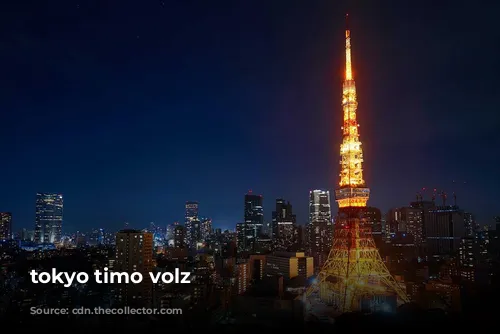
A City of Contrasts: Modern Architecture and Historic Landmarks
Despite its history of earthquakes, Tokyo boasts an impressive skyline of modern skyscrapers. Yet, amidst these modern marvels, stand architectural masterpieces from the late Meiji and early Showa periods, remnants of a bygone era.
Tokyo Tower, a towering symbol of the city, stands as a testament to the city’s resilience and its fascination with modern architecture. Constructed in 1958, the tower was modeled after the Eiffel Tower and served as the country’s tallest tower until 2012 when it was surpassed by the Tokyo Skytree.
Tokyo Station, a beautiful brick building constructed in 1908, is a testament to the city’s architectural legacy. While the original three-story building was heavily damaged during World War II, its iconic brick facade survived, now serving as a reminder of the city’s past.
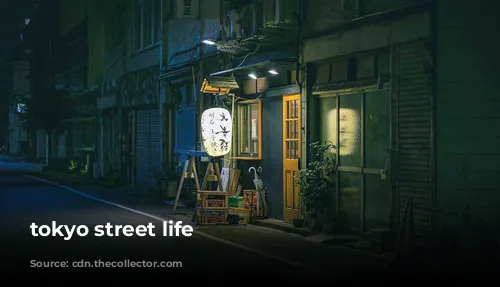
Immersing in Tokyo’s Cultural Heart: Kabuki Theater
No visit to Tokyo is complete without experiencing the city’s classical arts performances. While Japan boasts a rich tradition of centuries-old art forms, Kabuki Theater stands as an icon of Japanese culture.
Kabuki-za, a beautiful performance space located in Tokyo’s Ginza District, is one of the most celebrated venues for Kabuki performances. This timeless tradition, which originated as entertainment for the common people, is now a treasured part of Tokyo’s cultural heritage, preserved in numerous institutions throughout the city.
Experiencing a live Kabuki performance at Kabuki-za will surely be the perfect way to round off any history lover’s journey through Tokyo, a city where the past and present intertwine to create an experience unlike any other.
